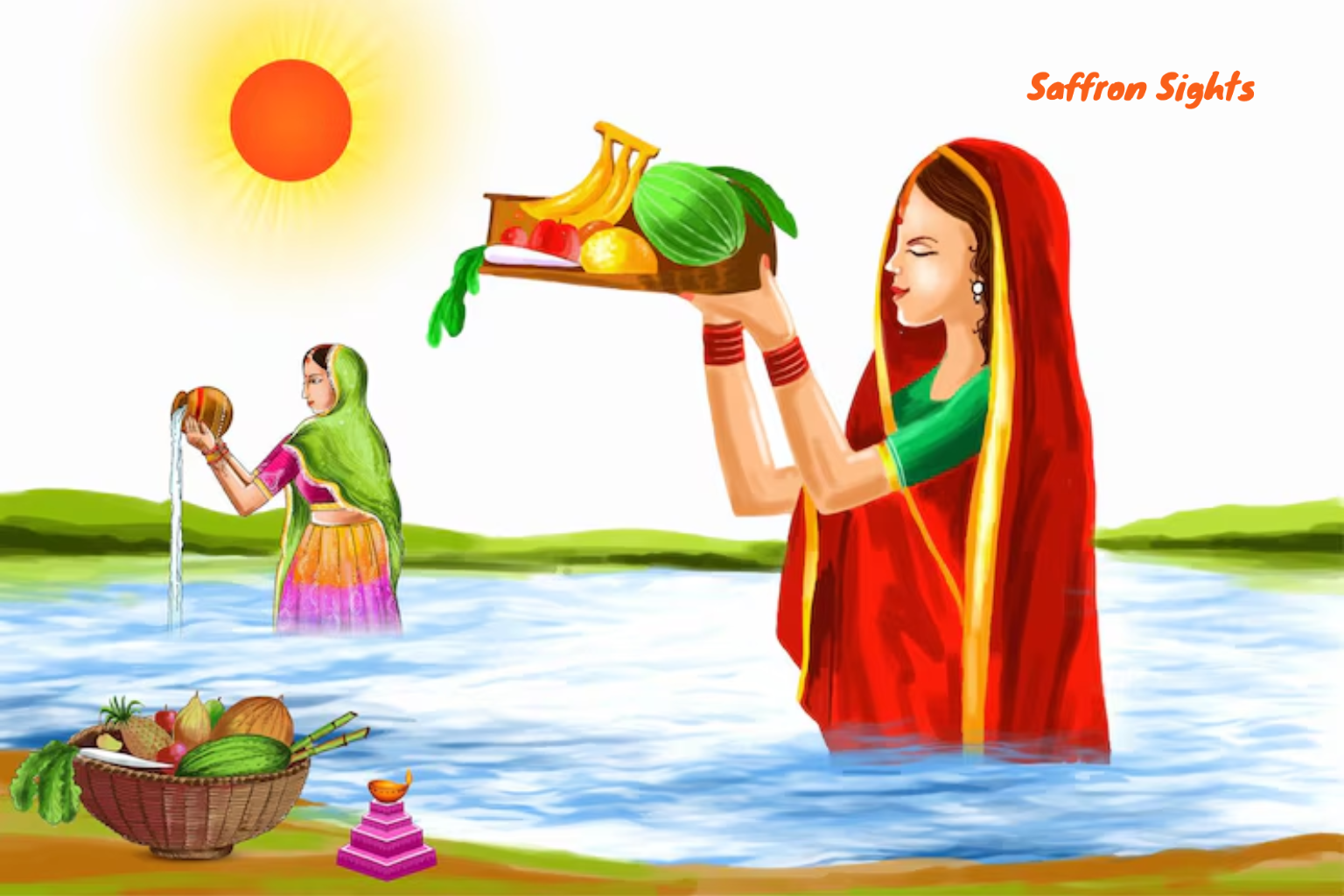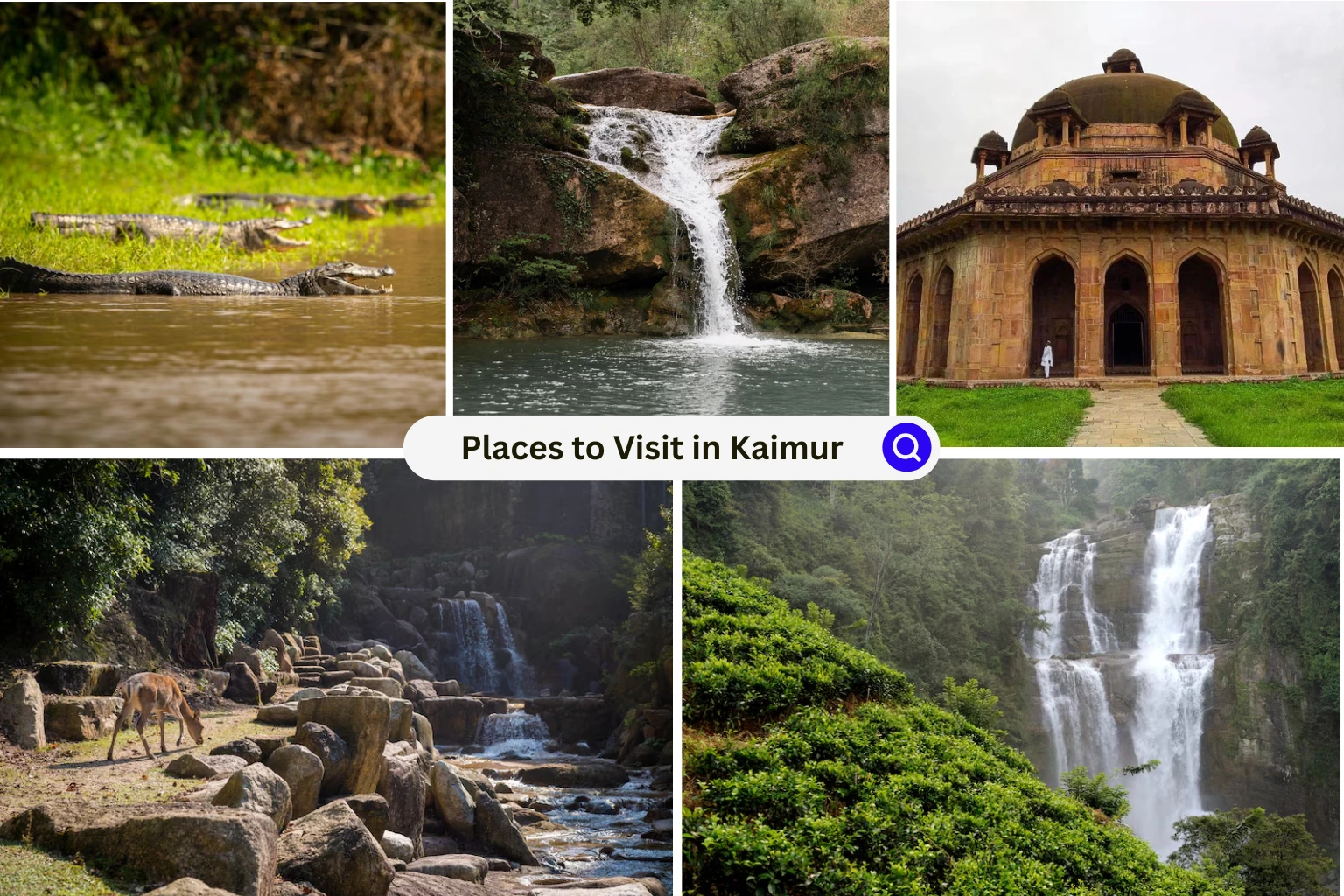The Heartbeat of India’s Past and Future
Imagine a land where ancient empires rose and fell, where wisdom flowed like rivers, and where spirituality found its deepest roots. Welcome to Bihar, one of India’s oldest and most culturally vibrant states. Officially established on March 22, 1912, Bihar’s story is as old as civilization itself. This isn’t just a place; it’s a living, breathing chronicle of India’s journey through time. From being the cradle of civilizations to becoming a beacon of modern growth, Bihar has always been a cornerstone of India’s identity.
The name “Bihar” is derived from the Sanskrit word “Vihara,” meaning monastery, a nod to its rich Buddhist heritage. But Bihar’s history stretches even further back. It was here that the Magadha Empire flourished, giving rise to legendary rulers like Chandragupta Maurya and Ashoka the Great. It was here that Buddhism and Jainism took root, transforming the spiritual landscape of the world. And it was here that Nalanda, one of the world’s first universities, became a global center of learning.
On March 22, 1912, Bihar was carved out of the Bengal Presidency as a separate province, along with Orissa (now Odisha). This day, celebrated as Bihar Diwas, marks the state’s identity and pride. Over the years, Bihar has grown into a symbol of resilience, culture, and progress. Today, it’s not just a state; it’s a story of hope, potential, and a future that’s waiting to unfold. With its fertile lands, youthful energy, and rich cultural heritage, Bihar is not just shaping its own destiny but also contributing to India’s progress.
Let’s take a journey through this incredible state and discover why Bihar deserves our attention and admiration.
A Land of Vast Horizons and Vibrant Millions
Before we dive deeper, let’s get a sense of Bihar’s scale. Spread over 94,163 square kilometers, Bihar is the 12th largest state in India by area. But what truly sets Bihar apart is its people. With a population of over 130 million, it’s the third most populous state in the country. That’s more people than many countries around the world! This vibrant mix of geography and demographics makes Bihar a unique and dynamic part of India.
Ancient History: The Birthplace of Empires and Wisdom
Bihar’s story begins thousands of years ago, when it was the heart of the mighty Magadha Empire. This was no ordinary kingdom; it was a powerhouse of politics, culture, and learning. The capital, Pataliputra (modern-day Patna), was a bustling hub where ideas and innovations thrived.
Think of Chandragupta Maurya, the visionary who united much of India under one rule. Or Ashoka the Great, who transformed from a fierce warrior to a compassionate ruler, spreading the teachings of Buddhism far and wide. And let’s not forget Aryabhata, the genius mathematician and astronomer whose discoveries still inspire scientists today.
Bihar was also the land where Buddhism and Jainism took root. Bodh Gaya, where Buddha attained enlightenment, is a spiritual haven for millions. Vaishali, the birthplace of Lord Mahavira, holds a special place in the hearts of Jains.
And then there were the ancient universities – Nalanda and Vikramshila. These weren’t just schools; they were global centers of knowledge, attracting scholars from across the world. The ruins of Nalanda still whisper tales of a time when Bihar was the Oxford of the ancient world.
Medieval and Modern History: A Land of Resilience
As time moved forward, Bihar witnessed the rise and fall of dynasties like the Palas and Senas. The Mughals left their mark too, with stunning architecture that still stands tall.
But Bihar’s true spirit shone during India’s struggle for independence. This was the land where Mahatma Gandhi launched the Champaran Satyagraha, a movement that changed the course of history. Leaders like Rajendra Prasad, India’s first President, and Jayaprakash Narayan, a fiery freedom fighter, called Bihar their home. Their courage and vision continue to inspire generations.
Cultural Heritage: A Tapestry of Traditions
Bihar’s culture is as rich and diverse as its history. The state is a melting pot of languages like Hindi, Maithili, Bhojpuri, Magahi, and Urdu, each with its own unique charm.
Festivals here are a riot of colors and emotions. Chhath Puja, dedicated to the Sun God, is a spectacle of devotion and discipline. The Sonepur Mela, one of Asia’s largest cattle fairs, is a celebration of rural life and traditions.
When it comes to art, Bihar is a treasure trove. Madhubani paintings, with their intricate designs, are world-famous. Sikki crafts, made from golden grass, are a testament to the creativity of Bihari artisans. And the folk music and dance forms like Bidesia and Jat-Jatin? They’re pure magic.
And oh, the food! Litti-chokha, a rustic delight, is a must-try. Sattu paratha and malpua are other culinary gems that will leave you craving for more.
Tourism in Bihar – Where Every Corner Tells a Story
Bihar is a paradise for travelers. Whether you’re a history buff, a spiritual seeker, or a nature lover, Bihar has something for everyone.
For the spiritually inclined, there’s the Mahabodhi Temple in Bodh Gaya, a UNESCO World Heritage Site. The Vishnupad Temple in Gaya is another sacred spot that draws pilgrims from far and wide.
History enthusiasts will love exploring the ruins of Nalanda University and the ancient city of Rajgir. The Barabar Caves, with their rock-cut architecture, are a window into Bihar’s ancient past.
Nature lovers, don’t miss Valmiki National Park, home to tigers and other wildlife. The Kakolat Waterfall is a perfect spot for a refreshing getaway. And the Ganga Ghats in Patna? They’re the perfect place to soak in the serenity of the Ganges.
Present-Day Bihar: A State on the Move
Today, Bihar is a state on the rise. Agriculture remains its backbone, with fertile lands producing a variety of crops. The government is working hard to boost education, healthcare, and infrastructure.
Cities like Patna, Gaya, and Muzaffarpur are buzzing with activity. They’re becoming hubs of economic growth, offering opportunities for businesses and individuals alike.
Why Bihar’s Growth Matters
Bihar’s growth isn’t just important for the state; it’s crucial for India. With its fertile lands, young population, and rich heritage, Bihar has the potential to become a major contributor to the nation’s progress.
By investing in education, healthcare, and industry, we can unlock Bihar’s true potential. Promoting tourism and preserving its cultural heritage can create jobs and boost the economy.
Our Role in Bihar’s Development – Building Tomorrow, Together
The development of Bihar is a shared responsibility. We can contribute by supporting initiatives that promote sustainable growth, community empowerment, and cultural preservation. Let’s work together to ensure that Bihar’s future is as bright as its past.
Future Prospects: A Bright Tomorrow
Bihar’s future is full of promise. With its focus on education, IT, and renewable energy, the state is poised to become a hub of innovation and growth. The possibilities are endless, and the journey has just begun.
Bihar’s Legacy, Our Shared Pride
Bihar is more than just a state; it’s a story of resilience, wisdom, and hope. Its ancient heritage and modern aspirations make it a unique blend of the old and the new. As we celebrate Bihar’s past, let’s also commit to shaping its future. Together, we can ensure that Bihar continues to shine as a beacon of progress and pride for India.
Also Read: https://saffronsight.com/discovering-the-hidden-gems-of-bihar-a-travel-guide/
Frequently Asked Questions
Why is Bihar called the cradle of ancient Indian civilizations?
Bihar was home to the Magadha Empire and great rulers like Chandragupta Maurya and Ashoka. It was also the birthplace of Buddhism and Jainism, making it a center of spiritual and intellectual growth.
What are the most famous historical sites in Bihar?
Bihar boasts iconic sites like the Mahabodhi Temple in Bodh Gaya, the ruins of Nalanda University, Rajgir, and the Barabar Caves, each reflecting its rich historical legacy.
What is Bihar’s role in India’s independence movement?
Bihar played a pivotal role in India’s freedom struggle. Mahatma Gandhi launched the Champaran Satyagraha here, and leaders like Rajendra Prasad and Jayaprakash Narayan emerged from the state.
What are the key cultural highlights of Bihar?
Bihar is known for its vibrant festivals like Chhath Puja, traditional art forms like Madhubani paintings, and unique crafts like Sikki grass products. Its folk music and dance, such as Bidesia, are also celebrated.
What makes Bihar’s cuisine unique?
Bihar’s cuisine is a delightful mix of flavors, with dishes like litti-chokha, sattu paratha, and malpua being iconic. These dishes reflect the state’s rustic and rich culinary heritage.
Which are the must-visit tourist destinations in Bihar?
Visitors should explore Bodh Gaya, Nalanda, Rajgir, Vaishali, Valmiki National Park, and the Ganga Ghats in Patna for a mix of spiritual, historical, and natural experiences.
What is the significance of Nalanda University in Bihar’s history?
Nalanda University was one of the world’s first residential universities and a global center of learning in ancient times. Its ruins are a UNESCO World Heritage Site and a symbol of Bihar’s intellectual legacy.
How is Bihar contributing to India’s growth today?
Bihar is focusing on agriculture, education, healthcare, and infrastructure development. With its young population and fertile lands, the state is emerging as a key player in India’s progress.
What are the major festivals celebrated in Bihar?
Chhath Puja, dedicated to the Sun God, is Bihar’s most famous festival. Other celebrations include the Sonepur Mela, Makar Sankranti, and Bihar Diwas.
What is the future potential of Bihar?
Bihar has immense potential in sectors like education, IT, renewable energy, and manufacturing. Its strategic location, young workforce, and cultural heritage make it a state to watch in the coming years.
How can tourists contribute to Bihar’s development?
By visiting Bihar, tourists can support local economies, promote cultural preservation, and encourage sustainable tourism practices, helping the state grow while preserving its heritage.
What are the challenges Bihar faces today?
Bihar faces challenges like improving literacy rates, healthcare access, and industrialization. However, government initiatives and community efforts are addressing these issues.
Why is Chhath Puja so important in Bihar?
Chhath Puja is a deeply spiritual festival dedicated to the Sun God. It reflects Bihar’s cultural roots and is celebrated with immense devotion, making it a symbol of the state’s traditions.
What are the key industries driving Bihar’s economy?
Agriculture remains the backbone of Bihar’s economy, but sectors like education, tourism, and small-scale industries are also growing rapidly.
How can individuals support Bihar’s growth?
Individuals can contribute by investing in education, promoting sustainable tourism, supporting local artisans, and advocating for policies that drive Bihar’s development.






Leave a Reply